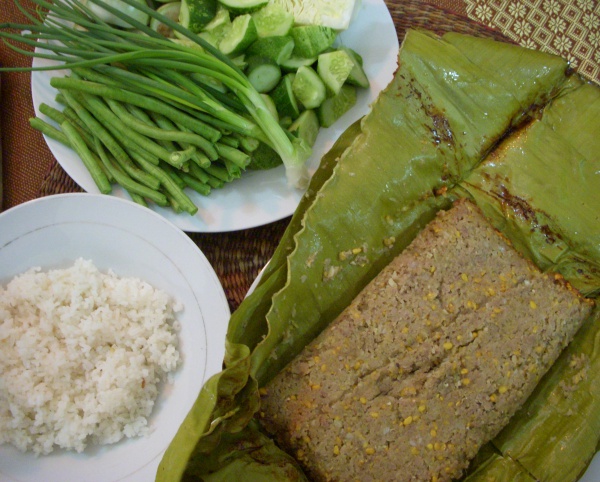Facts About Prahok
Prahok is a quintessential element in Cambodian cuisine, crafted from crushed, salted, and fermented fish paste. This potent seasoning or condiment is recognized for its robust flavor and pronounced saltiness, making it an essential component in numerous Cambodian dishes. From soups to sauces, prahok imparts a distinctive taste and is frequently enjoyed with white rice and vegetables such as yardlong beans and cucumbers. Its pungent aroma has earned it the moniker "Cambodian cheese" among culinary aficionados.
To make prahok, fresh fish are either crushed or ground, heavily salted, and left to ferment in clay jars. The fermentation period can vary, but for the highest quality prahok, it can take up to three years. Different regions in Cambodia have their own unique methods of preparing prahok, such as the distinctive Prahok Kanthara.
Typically, prahok isn't consumed raw due to its intense smell and potential health concerns. Instead, it is usually cooked or fried. In Cambodian cuisine, prahok can be found in a variety of dishes like fried prahok (Prahok Chien), grilled prahok (Prahok Kob or Prahok Aing), and occasionally raw prahok (Prahok Chao) when prepared under proper conditions.
Prahok also serves purposes beyond the kitchen; it is sometimes distributed as relief aid to people affected by natural disasters like floods or droughts. While prahok is primarily produced in Cambodia, it is also made in Vietnam and imported to Cambodian communities in the United States, ensuring that this traditional ingredient remains a vibrant part of their culinary heritage.

 Thailand
Thailand